Popular games published by company Namco Limited
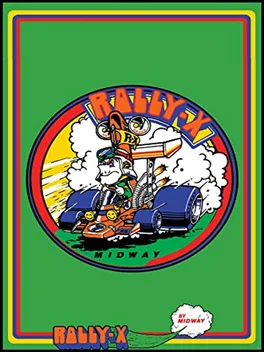
Rally-X is a maze & driving arcade game, that was released by Namco in 1980 and licensed to Midway Games for US manufacture and distribution in 1981. It was ported to the SG-1000 in Taiwan.
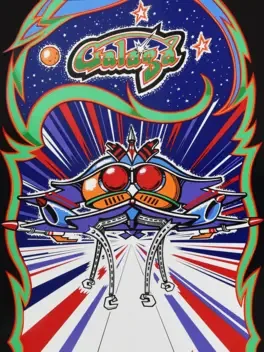
The objective of Galaga is to score as many points as possible by destroying insect-like enemies. The player controls a starfighter that can move left and right along the bottom of the playfield. Enemies swarm in groups in a formation near the top of the screen, and then begin flying down toward the player, firing bombs at the fighter. The game ends when the player's last fighter is lost, either by colliding with an enemy or one of its bullets, or by being captured. Galaga introduces a number of new features over its predecessor, Galaxian. Among these is the ability to fire more than one bullet at a time, a count of the player's "hit/miss ratio" at the end of the game, and a bonus "Challenging Stage" that occurs every few levels, in which a series of enemies fly onto and out of the screen in set patterns without firing at the player's ship or trying to crash into it. These stages award a large point bonus if the player manages to destroy every enemy. Another gameplay feature new to Galaga is the ability for enemies to capture the player's fighter. While the player is in control of just one fighter, a "boss Galaga" (which takes two shots to kill) periodically attempts to capture the fighter using a tractor beam. If successful, the fighter joins the enemy formation. If the player has more lives remaining, play resumes with a new fighter. The captured fighter flies down with the enemy that captured it, firing upon the player just like normal enemies, and can be shot and destroyed. The player can free the fighter by destroying the boss Galaga while in flight, causing the captured fighter to link up with the player's current fighter, doubling his or her firepower but also making a target twice as large. Galaga has an exploitable bug that can cause the attackers to stop firing bullets at the player, due to a coding error. In addition, similar to the famous "Split-Screen bug" in Pac-Man, a bug exists in Galaga in which the game "rolls over" from Level 255 to Level 0. Depending on the difficulty setting of the machine, this can cause the game to stall, requiring that the machine be reset or power-cycled in order to start a new game.
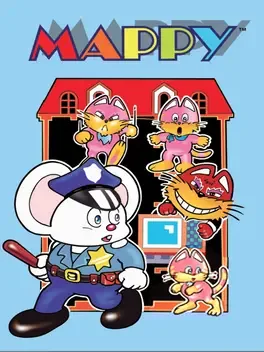
The player guides Mappy the police mouse through the mansion of the cats called Mewkies (Meowky in the U.S. version) to retrieve stolen goods. The player uses a left-right joystick to move Mappy and a single button to operate doors. The mansion has six floors of hallways in which the stolen items are stashed.
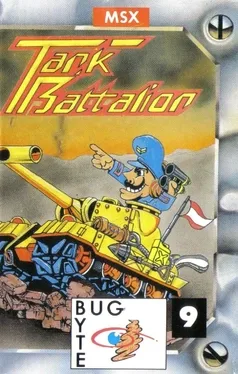
A maze game where the player controls a tank and battles enemy tanks that pursue and attack.
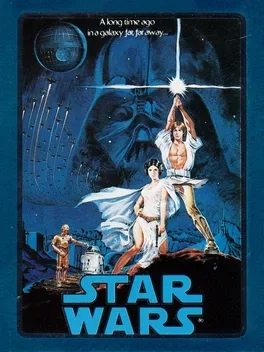
Star Wars is a Family Computer video game released in 1987 by Namco. Despite being based on the first Star Wars film. It is the only game in the Star Wars franchise that was released exclusively in Japan. The game is a common side-scrolling platformer where the player controls Luke Skywalker (appearing with black hair due to color limitations), as he travels to join the Rebellion against the Empire.
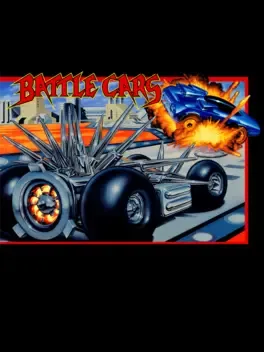
Racing game for the SNES developed by Malibu. Can be played by 1 or 2 players. The game is set in a post-apocalyptic world in which the sport of choice is a violent auto race called "Battle Cars." The player can select from three vehicles at the start of the game in a variety of colors, to be played for the duration of the game. The choices are a spiked vehicle, a hot rod, and a formula one-style race car.
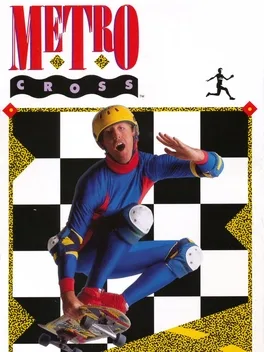
Metro-Cross is a platform arcade game that was released by Namco in 1985. It runs upon Namco Pac-Land hardware (but with a video system like that used in Dragon Buster, modified to support a 2048-color palette). It uses a Motorola M6809 microprocessor, with a Hitachi HD63701 sub-microprocessor (both running at 1.536 MHz) and Namco 8-channel waveform PSG for audio. The player must take control of a man known only as Runner, who is given a time limit to run through each of the game's thirty-two rounds while avoiding obstacles and collecting drink cans. The actual running happens automatically: the job of the player is to avoid the obstacles and collect the cans by moving the Runner with the stick and adjusting his speed accordingly. If the Runner finishes the round within the time limit, the remaining time will be awarded to him as bonus points and he will proceed to the next round. Every fourth round is special, using the remaining time from the three previous ones as additional time. However, if the Runner has not finished the round by the time the time limit runs out, he will be electrocuted and the game will immediately be over.
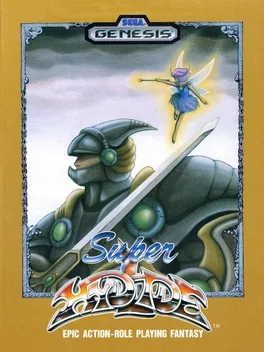
Super Hydlide is an action role-playing game for the Sega Genesis/Mega Drive. It incorporates a 'good/evil character' morality/alignment system. Like its predecessor Hydlide II: Shine of Darkness (1985), the player has a morality meter that can be aligned with either Justice, Normal, or Evil. The game has both good and evil monsters. Evil monsters attack the player character on sight, while good monsters only attack if the player character attacks them first. Killing any monster, good or evil, results in a reward of experience points, money, and occasionally a piece of equipment. However, if the player kills a good monster, points are lost from a statistic called "MF" (Moral Fiber). If the player's MF stat drops to zero, frequent traps will appear across the world. If the player manages to keep it over 100, rewards appear in the form of random items found around Fairyland. The player can also kill good monsters, which usually lowers the morality meter. Unlike Hydlide II, however, the morality meter no longer affects the way in which the townsfolk react to the player. The game also features an in-game clock setting day-night cycles, where the character must eat two times a day and sleep regularly. If the characters stay up late or fail to eat regularly, their HP and attack power gradually drop. Every item in the game (including money) has weight. If the total weight of items the player character carries exceeds their "Load Capacity" (LC), they will move slowly. The game uses cut scenes for its opening and ending sequences, a combat system similar to Ys, a choice between four distinct character classes, and a wide variety of equipment and spells.
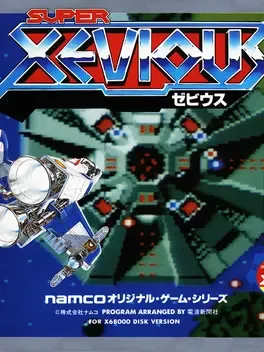
The gameplay is very much like that of the original Xevious except this time it is a little more difficult. Several new enemies have also been introduced (including a silver Galaxian flagship, a rare silver Galaga "scorpion" ship, two jet planes, a helicopter, and a dark yellow Tank Battalion tank). Some of these enemies will reset the player's score back to 0 if they are destroyed - and the hidden "Sol Citadel" towers and Rally-X Special Flags are also located in different places.
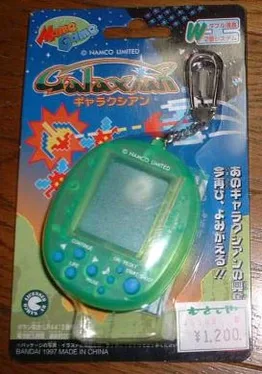
A port for handheld devices.
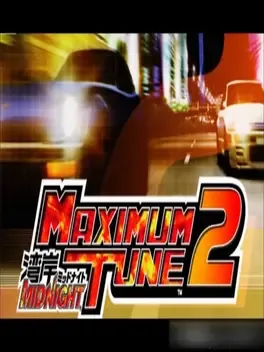

In Super Xevious: Gamp no Nazo the player controls a spaceship named the Solvalou in its mission to destroy a powerful supercomputer named GAMP, which took over Earth during an ice age. Gamp no Nazo features a heavy focus on puzzle-solving, with each of the game's 21 levels posing a puzzle that must be solved to progress.
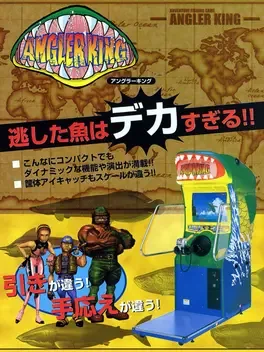
Angling fishing game released by Namco in 1999.
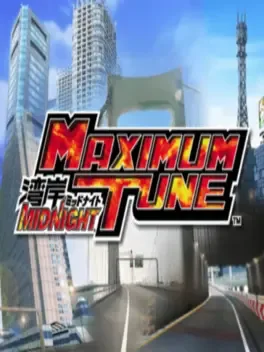
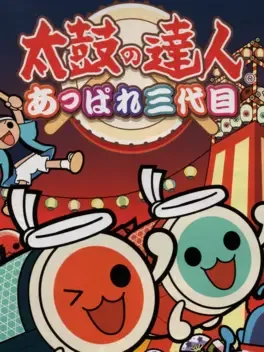
The third home version of the long running drum game Taiko no Tatsujin (A series known as Drum Master in the west). It was the last game in the home series to feature Arcade, Battle and Survival Modes. Three new minigames were added as a bonus. The game is played by hitting the red and blue circle that move from right to left as they overlap with the target market. The red circle signals that you should hit the centre of the drum while the blue means you should hit the rim. The game features 39 songs, 5 of which are secret and needs to be unlocked by playing.
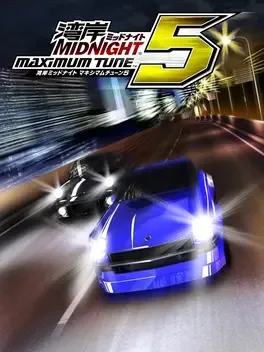
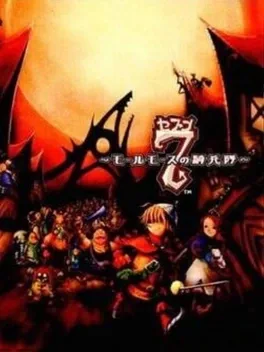
Trouble is in the land of Acralind. Thousand years ago, seven legendary heroes have sealed the powers of evil with seven sacred stones. But now, the stones have been weakened, and the ancient evil raises its head again. Monsters attack villages and towns. It is your task to retrieve the seven stones and to restore peace in the land. In this strategy RPG, the emphasis is on preparation for the battles rather than on the battles themselves. Before each battle, you are able to see the stats of the monsters and even the tactics they are going to use. You must then select seven units of various classes (knights, archers, mages, etc.) and place them on a battle field, which is a grid composed of four columns and three rows. Front row can attack, middle row support or attack with bows, and back row heals. The battle itself is controlled by computer AI, but you can change formation at any time.
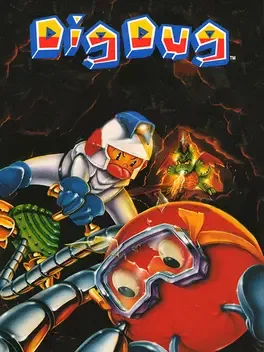
Dig Dug is a 1-2 player arcade game in which you have to use your shovel to dig your way through the earth. Stopping you from doing this are two monsters, called Pooka and Fygar, who will continually chase you around. The only weapon that you carry is an air pump, which you can use to inflate the monsters to the point where they explode. (if you start to inflate them but stop doing so, the monsters will get turned back to their normal selves). Furthermore, rocks are scattered throughout the earth, and you can use these rocks to squash them. If the monsters do not find you for several seconds, they will eventually get turned into ghosts, which can walk through the earth. They are invincible and cannot be killed. From time to time, vegetables will appear in the center, and you can get these for points.
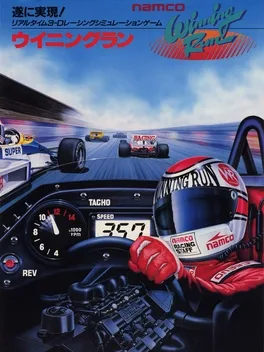
Released by Namco in 1988, this was the first arcade driving game to use fully 3D polygon graphics. It was the inaugural title for the Namco System 21 "Polygonizer" arcade hardware, the first dedicated 3D gaming system.
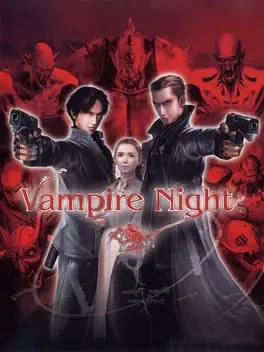
Vampire Night is a light gun game produced by Sega's Wow Entertainment, distributed through Namco and released in 2000 for video game arcades. It was later ported to PlayStation 2 in November 2001. Two players can team up to take down on screen enemies.
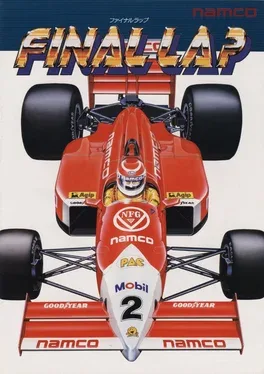
Final Lap is a racing video game produced by Namco,[2] and released by Atari Games for the United States in 1987. It was the first game to run on Namco's then new System 2 hardware, and is a direct successor to Namco's two earlier Pole Position games (1982-1983). Final Lap was the first racing game to allow up to eight players to simultaneously race on the Suzuka Circuit, in a Formula One race. This was, at the time, considered a revolutionary feature and was implemented by linking together up to four two-player sitdown-style arcade cabinets.[2][3] It was also arguably the first racing game to implement "rubber banding" to ensure that less talented players were never too far behind the leader, a concept that would be taken much further by the Mario Kart series.[3] There was also a single player mode, in which the player's score was based on how far the car travelled until time ran out or if the player completed four laps (on default settings; the arcade operator can set the lap number to be as low as three or as high as six).
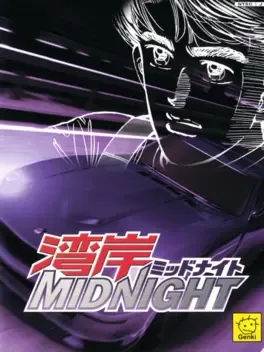
Wangan Midnight: R is a racing game based on the Wangan Midnight manga. For Arcade it is a revised and updated version of Wangan Midnight while for the PS2 it is the first version and the first home console release in the series as well. The PS2 release has an AC Scenario mode (original Arcade Scenario mode), Mission mode, Time Attack mode and an i.Link Battle mode (local multiplayer) similar to the Versus mode used for the two units of the arcade cabinet. There is also a Replay Theater where replays of races can be viewed. The mission mode has a number of challenges against one or more opponents divided over eleven series (series one to ten and then Tune as the final one). The game contains licensed cars from the manufacturers Mazda, Mitsubishi, Nissan, RUF, Subaru and Toyota.
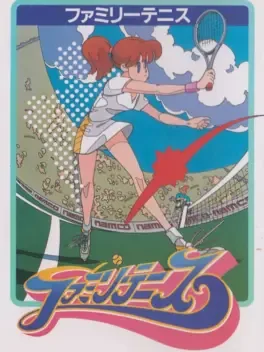
Family Tennis is Namco's first tennis game, it features a roster of sixteen players (twelve male and four female) all based on real-life professional tennis players at the time, such as Ivan Lendl, Boris Becker, Mats Wilander, Martina Navratilova and Steffi Graf. The game includes six tournaments, including the Australian Open, Wimbledon and the U.S. Open, and offers play on grass, clay, and hardcourts, as well as a unique "cosmo" surface that takes place in outer space with astronaut ballboys. There are three modes of play to choose from: exhibition, tournament and world tour. Exhibition mode consists of a single exhibition match for one or two players, while Tournament mode allows up to eight players to face off in a singles tourney. Both of these modes also include a "Watch" option, in which all players are controlled by the computer. World Tour mode takes the player through an entire year on tour playing against computer-controlled opponents, using a password save system. Doubles matches aren't available in any mode though.
